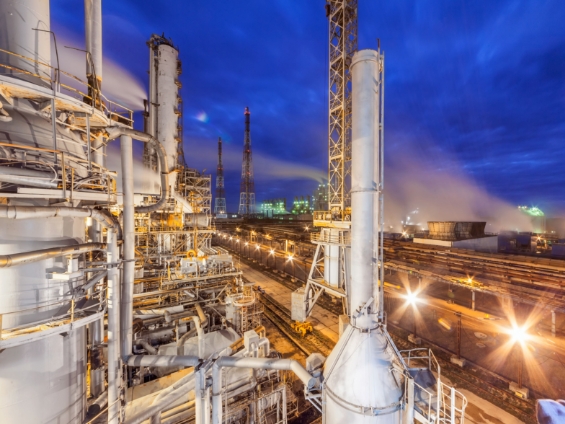
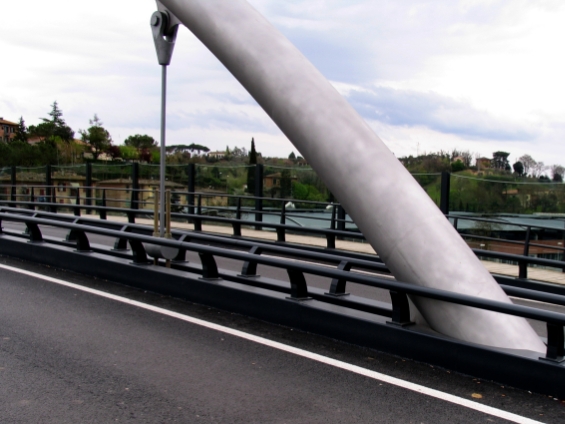
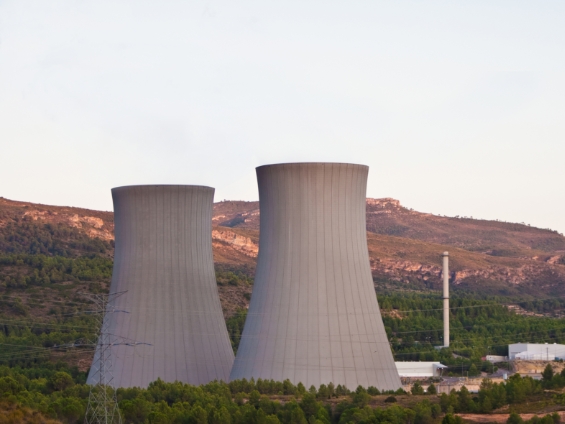

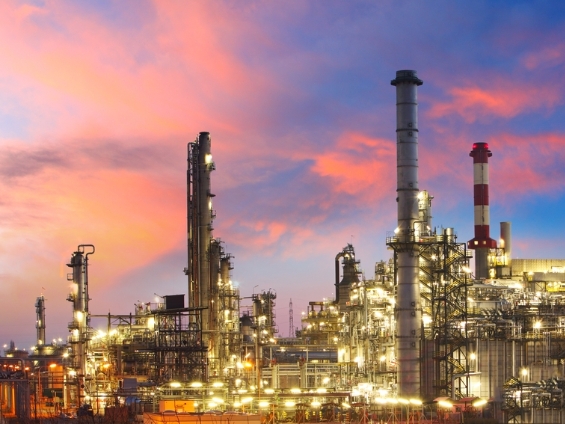
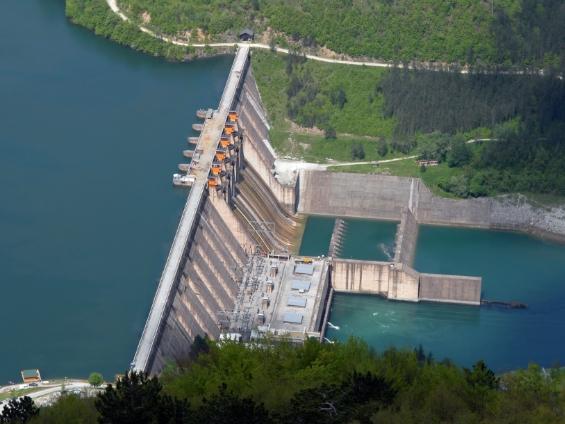
| INDUSTEEL TRADEMARKS | UNS | ASTM | EURONORMS EN | SUS | GOST |
| UR 600 | N06600 | – | 2.4816 – | – | – |
| UR 601 | N06601 | – | 2.4851 NiCr23FeAl | – | – |
| UR 825 | N08825 | – | 2.4858 NiCr21Mo | NCF 625 | – |
| UR 625 | N06625 | – | 2.4856 NiCr22Mo9Nb | NCF 825 | – |
| HASTELLOY® C-22® | N06022 | – | 2.4602 NiCr21MoCr14W | – | – |
| HASTELLOY® C-276 | N10276 | – | 2.4819 – | – | – |
| INDUSTEEL TRADEMARKS | UNS | ASTM | EURONORMS EN | SUS | GOST |
| UR 904 | N08904 | 904 L | 1.4539 X1NiCrMoCu25-20-5 | SUS 317 J5L | – |
| UR 28 | N08028 | – | 1.4563 X1NiCrMoCu31-27-4 | – | – |
| UR 254 | S31254 | – | 1.4547 X1CrNiMoCuN20-18-7 | – | – |
| UR 367 | N08367 | – | – – | – | – |
| UR 926 | N08926 | – | 1.4529 X1NiCrMoCu25-20-7 | – | – |
| UR 64 | – | – | 1.3964 – | – | – |
| UR 4565 | S34565 | – | 1.4565 X2CrNiMnMoN25-18-6-5 | – | – |
| UR 31 | N08031 | – | 1.4562 X1NiCrMoCu32-28-7 | – | – |
| UR 66 | S31266 | – | 1.4659 X1CrNiMoCuNW24-22-6 | – | – |
| INDUSTEEL TRADEMARKS | UNS | ASTM | EURONORMS EN | SUS | GOST |
| UR 2202 | S32202 | – | 1.4062 X2CrNiN22-2 | – | – |
| UR 2304 | S32304 | – | 1.4362 X2CrNiN23-4 | – | – |
| UR 2205 | S31803 | – | 1.4462 X2CrNiMoN22-5-3 | SUS 329 J 3L | – |
| UR 2205 | S31803 | – | 1.4462 X2CrNiMoN22-5-3 | – | – |
| UR 2205Mo | S31803/S32205 | – | 1.4462 X2CrNiMoN22-5-3 | – | – |
| UR 2205+ | S31803/S32205 | – | 1.4462 X2CrNiMoN22-5-3 | – | – |
| UR 2507 | S32750 | – | 1.4410 X2CrNiMoN25-7-4 | – | – |
| UR 2507Cu | S32550/S32520 | – | 1.4507 X2CrNiMoCuN25-6-3 | – | – |
| UR 2507W | S32760 | – | 1.4501 X2CrNiMoCuWN25-7-4 | – | – |
| INDUSTEEL TRADEMARKS | UNS | ASTM | EURONORMS EN | SUS | GOST |
| NUCL 304L | – | 304 L Mod | (1.4307) (X2CrNi18-9) | – | – |
| NUCL 347 | S34700 | 347 | (1.4550) X6CrNiNb18-10) | SUS 347 | 08Ch18N12B |
| NUCL 304 B4 | – | 304 B4 | 1.4306 Bor – | – | – |
| NUCL 316L | S31603 | 316 L | (1.4432) X3CrNiMo17-13-3 | – | 06Ch17N13M3-WD |
| UREA 316 L | S31603 | 316 L | 1.4435 X2CrNiMo18-14-3 | SUS 316L | 03Ch17N14M3 |
| UREA 310Mo LN | S31050 | 310 Mo LN | 1.4466 X1CrNiMoN25-22-2 | – | – |
| UR 16 | – | 304 L NAG | (1.4306) – | – | – |
| UR 65 | – | (310 L NAG) | 1.4335 X1CrNi25-21 | – | – |
| UR S1 | S30600 | – | 1.4361 X1CrNiSi18-15-4 | SUS XM 15 J1 | – |
| UR SX | – | – | – – | – | – |
| INDUSTEEL TRADEMARKS | UNS | ASTM | EURONORMS EN | SUS | GOST |
| UR 304H | S30400 | 304 (H) | 1.4301 X5CrNi18-10 | SUS 304 | 08Ch18N10 |
| UR 304L | S30403 | 304 L | 1.4307 X2CrNi18-9 | SUS 304 L | – |
| UR 304L | S30403 | 304 L | 1.4306 X2CrNi19-11 | SUS 304L | 03Ch18N11 |
| UR 321 | S32100 | 321 | 1.4541 X6Cr Ni Ti 18-10 | SUS 321 | 06Ch18N10T |
| UR 347 | S34700 | 347 | 1.4550 X6CrNiNb18-10 | SUS 347 | 08Ch18N12B |
| UR 304N | S30451 | 304N | 1.4315 X5 Cr Ni N 19-9 | SUS 304 N1 | – |
| CryElso 201LN | S20153 | 201 LN | 1,4371 X2CrMnNiN17-7-5 | – | – |
| UR 304LN | S30453 | 304 LN | 1.4311 X2CrNiN18-10 | SUS 304 LN | – |
| UR 316H | S31609 | 316 H | 1.4401 X5CrNiMo17-12-2 | SUS 316 | 08Ch16N11M3 |
| UR 316L | S31603 | 316 L | 1.4404 X2CrNiMo17-12-2 | SUS 316 L | – |
| UR 316Ti | S31635 | 316 Ti | 1.4571 X6CrNiMoTi17-12-2 | SUS 316 Ti | 08Ch16N11M3T |
| UR 316Nb | S31640 | 316 Cb | 1.4580 X6CrNiMoNb17-12-2 | – | 08Ch16N13M2B |
| UR 316 | S31600 | 316 | 1.4436 X3CrNiMo17-13-3 | SUS 316 | – |
| UR 316LMo | S31603 | 316 L | 1.4432 X2CrNiMo17-12-3 | – | 06Ch17N13M3-WD |
| UR 316LMo | S31603/J92800 | 316 L | 1.4435 X2CrNiMo18-14-3 | SUS 316L | 03Ch17N14M3 |
| UR 316LN | S31653 | 316 LN | 1.4429 X2CrNiMoN17-13-3 | SUS 316 LN | – |
| UR 317L | S31703 | 317 L | 1.4438 X2CrNiMo18-15-4 | SUS 317L | – |
| UR 317LN | S31753 | 317 LN | 1.4434 X2CrNiMoN18-12-4 | SUS 317 LN | – |
| UR 317LMN | S31726 | 317 LMN | 1.4439 X2CrNiMoN17-13-5 | – | – |
| UR XM19 | S20910 | XM 19 | – – | – | – |
| UR XM 29 | S24000 | XM 29 | – – | – | – |
| INDUSTEEL TRADEMARKS | UNS | ASTM | EURONORMS EN | SUS | GOST |
| SIRIUS 4828 | S30900 | 309 | 1.4828 X15CrNiSi20-12 | SUS 309TB | 20Ch20N14S2 |
| SIRIUS 4835 | S30815 | – | 1.4835 X9CrNiSiNCe21-11-2 | – | – |
| SIRIUS 309 S | S30908 | 309S | 1.4833 X6CrNi23-14 | SUS 309 S | – |
| SIRIUS 310 S | S31009 | 310S | 1.4845 X8CrNi25-21 | SUS 310 S | 10Ch23N18; 20Ch23N18 |
| SIRIUS 314 | S31400 | 314 | 1.4841 X15CrNiSi25-21 | SUS 310TB | 20Ch25N20S2 |
| SIRIUS 800 (H).(H+) | N08800/810/811 | – | 1.4876 X10NiCrAlTi32-21 | NCF 800/800TB/800TP | – |
| INDUSTEEL TRADEMARKS | UNS | ASTM | EURONORMS EN | SUS | GOST |
| SOLEIL A2 | S41000 | 410 | 1.4006 X12Cr13 | SUS 410 | 12Ch13; 15Ch13L |
| SOLEIL A4 | S42000 | 420 | 1.4021 X20Cr13 | SUS 420J1 | 20Ch13 |
| SOLEIL 4003 | S40977 | – | 1.4003 X2CrNi12 | – | – |
| SOLEIL B2 | S41008 | 410S | 1.4000 X6Cr13 | SUS 403 | 08Ch13 |
| SOLEIL B3 | S40500 | 405 | 1.4002 X6CrAI13 | SUS 405 | – |
| SOLEIL B4 | S43000 | 430 | 1.4016 X6Cr17 | SUS 430 | 12Ch17 |
| SOLEIL C5 | S41500 | – | 1.4313 X3CrNiMo13-4 | SUS Ti6NM | – |
| VIRGO 39 | – | – | 1.4418 X4CrNiMo16-5-1 | – | – |
| VIRGO 17.4 PH | S17400 | 630 | 1.4542 X5CrNiCuNb16-4 | SUS 630 | – |
| VIRGO 15.5 PH | S15500 | XM12 | – | – | – |